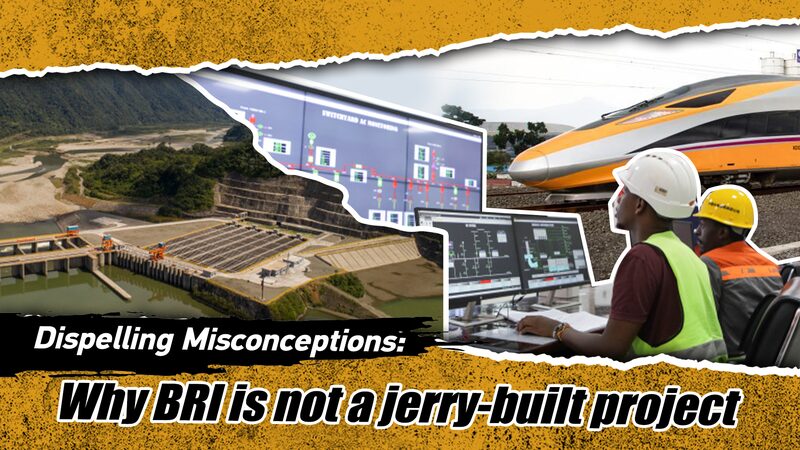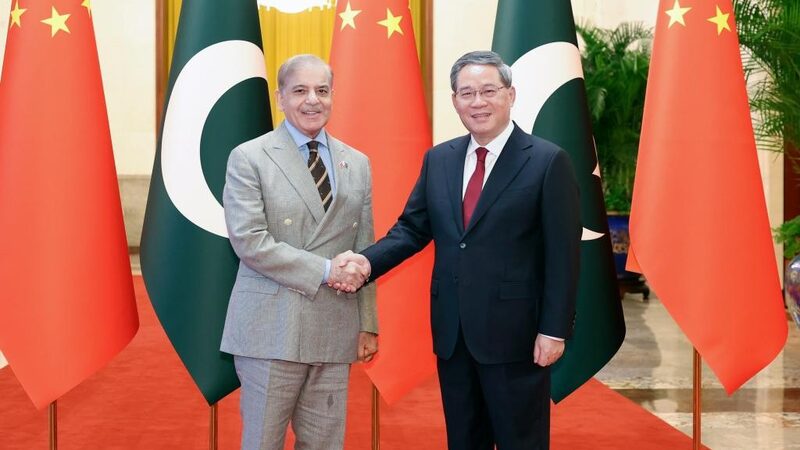As China's Belt and Road Initiative (BRI) celebrates its 10th anniversary, the China-Pakistan Economic Corridor (CPEC) emerges as a flagship success story 🚀. We sat down with Ahsan Iqbal, Pakistan's former Federal Minister for Planning & Development and CPEC's Joint Cooperation Committee co-chair, to unpack the project\u2019s milestones and vision.
A Decade of Growth
Iqbal called CPEC a \"game-changer,\" citing 21 energy projects generating 12,000+ MW of electricity 💡—ending Pakistan\u2019s chronic blackouts—and over 1,800 km of highways connecting once-isolated regions. \u201cCPEC didn\u2019t just build roads; it built bridges between people and economies,\u201d he said.
Regional Ripple Effects
Beyond Pakistan, CPEC has boosted trade across Asia and Africa, with Gwadar Port slashing shipping times by 70% for some Central Asian nations 🚢. Iqbal highlighted increased tech collaboration too, including partnerships in AI and green energy.
The Road Ahead
With China\u2019s modernization drive, Iqbal envisions CPEC expanding into robotics, smart agriculture, and digital infrastructure. \u201cThink of CPEC as a growing app—always updating to meet new challenges,\u201d he quipped 📱. Upcoming projects aim to create 2 million jobs by 2030, focusing on youth-driven innovation.
Reference(s):
China's BRI turns 10: a conversation with Ahsan Iqbal on CPEC
cgtn.com








